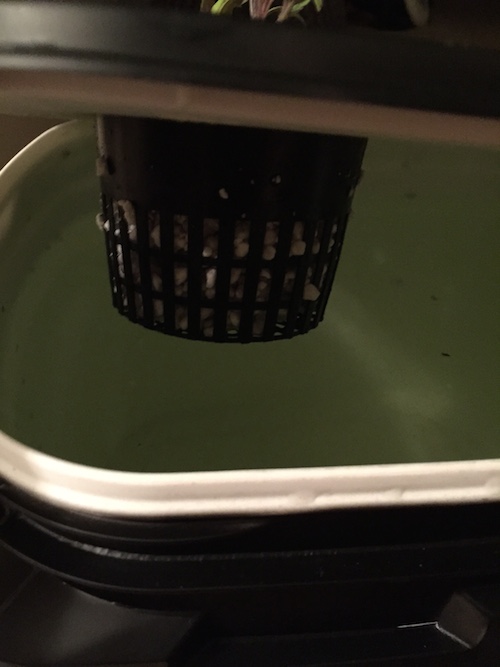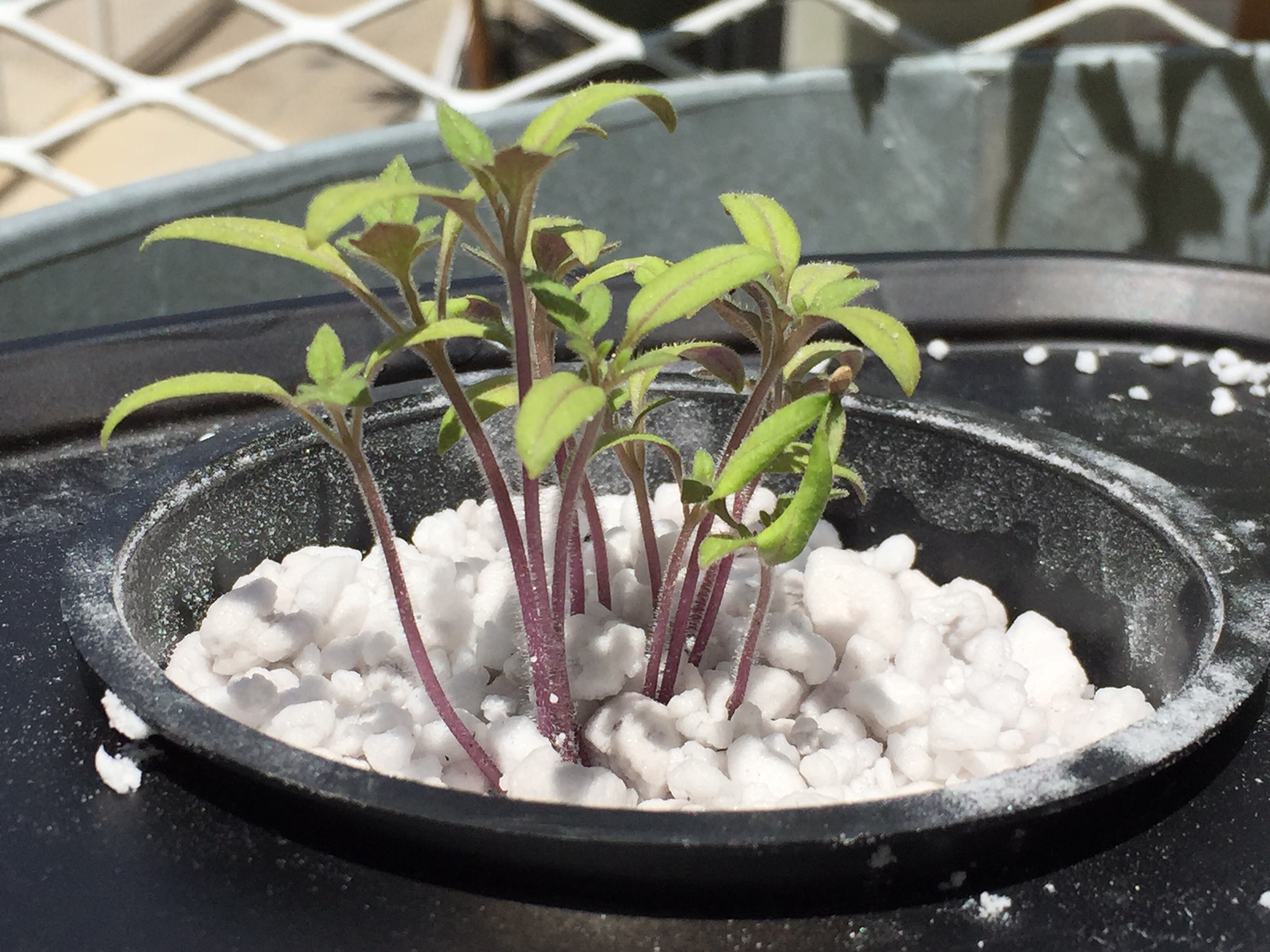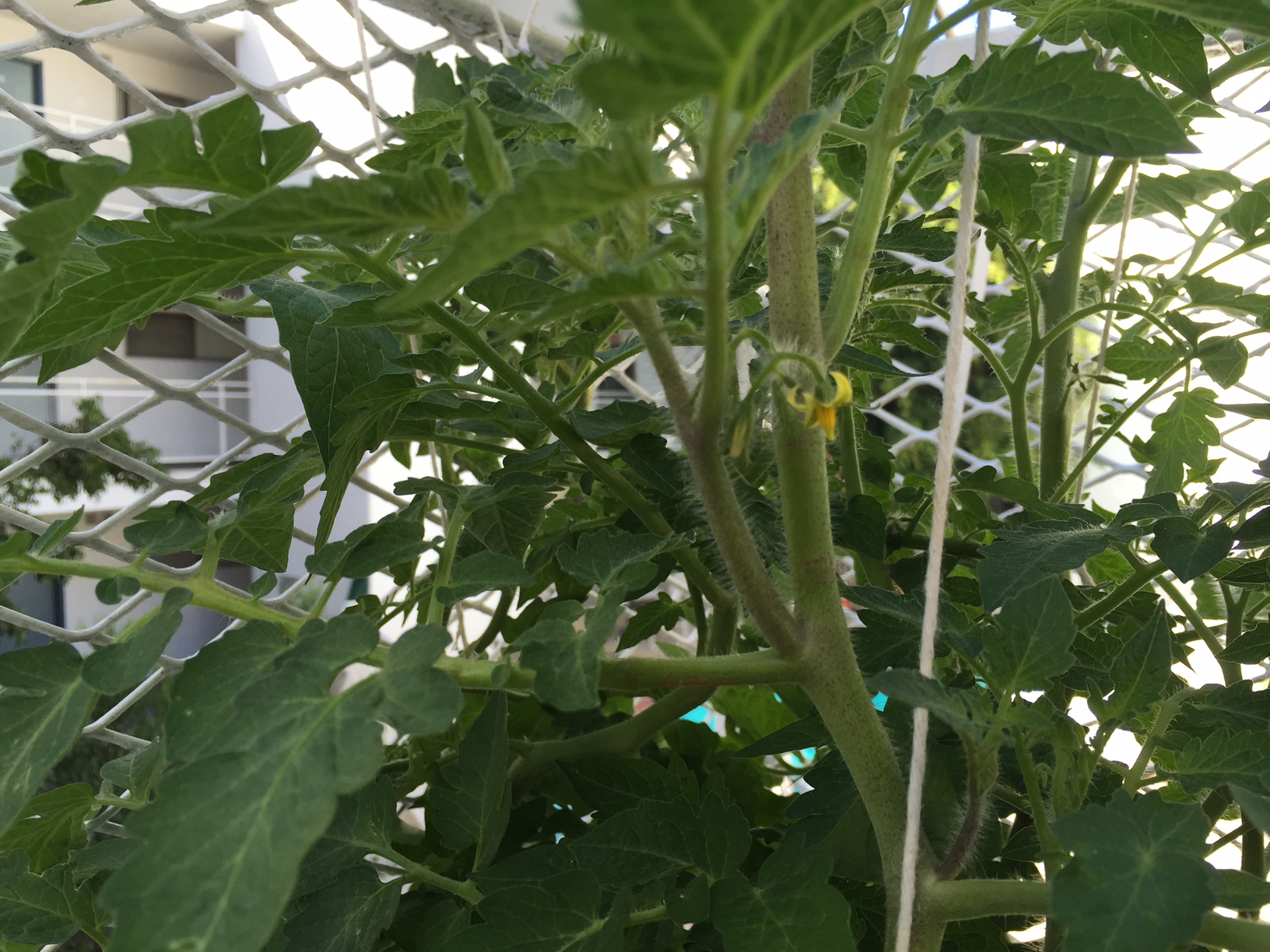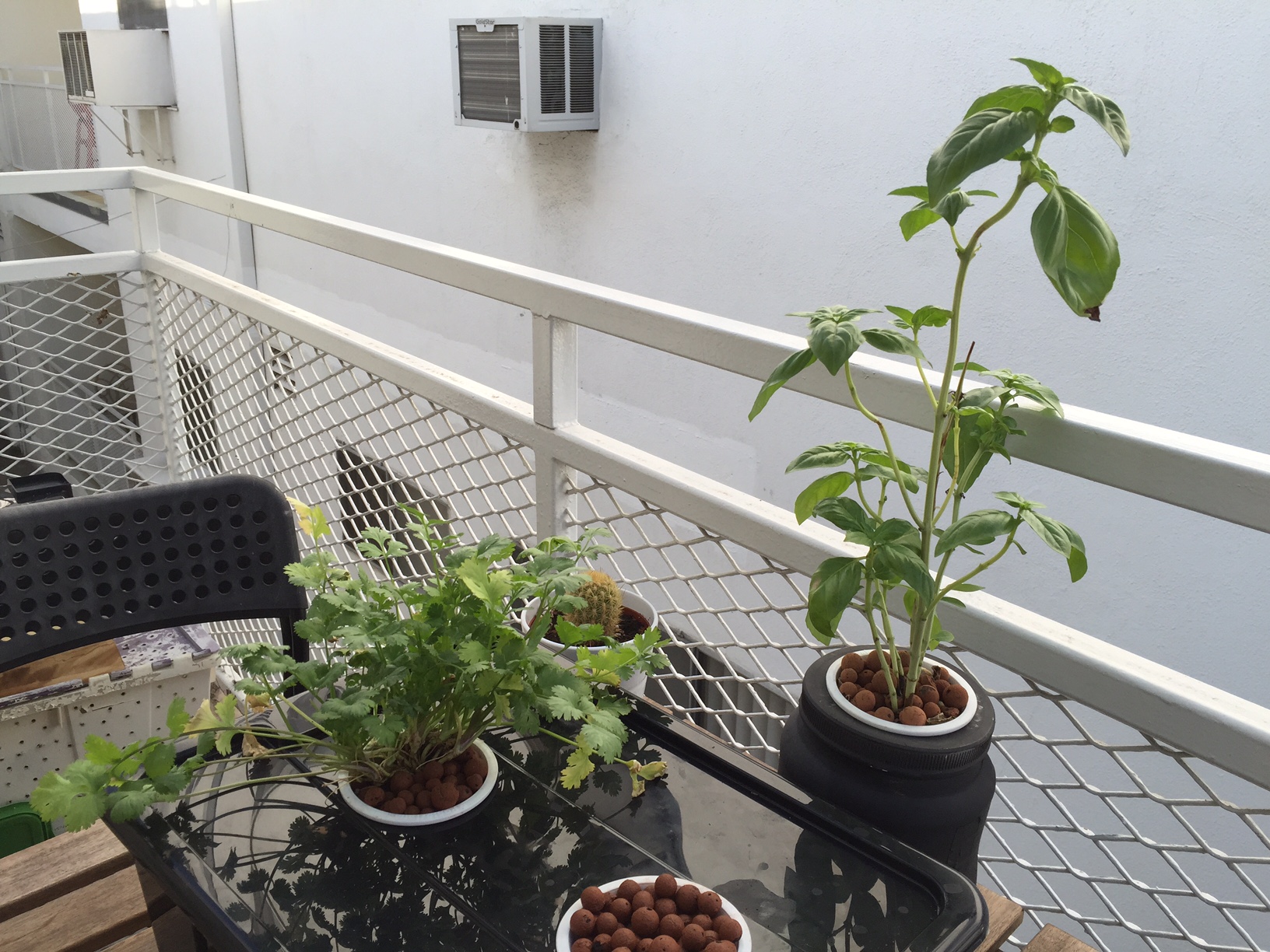For the past two months I have been experimenting with growing vegetables, specifically using hydroponic methods. Although we live in only a relatively small one-bedroom apartment, my unspoken goal has been to see how much produce can be squeezed out of the small square footage we’ve got available.
The limitations have been both space and sunlight. Since most veggies need about 6 - 8 hours a day (I still have to figure out what that really means), I really can’t expect the kinds of yields other gardeners with access to more sunlight are achieving. This is because taller buildings to the south and west overshadow the balcony and give us a stingy 1.5 - 2 hours of direct sunlight to work with. Fortunately we have fairly good indirect sunlight during the daylight hours. However, my past attempts at soil-based gardening have been disappointing and I suspect insufficient sunlight may be a contributor.
I’ve chosen to grow my veggies using something called the Kratky method. Besides being evocative of the image of some frizzy haired botany professor, the Kratky method is also easy to use and doesn’t require electricity to yield fantastic results. The kinds of yields that some people onine have achieved are inspiring. Despite the fact that Bernard Kratky published the details of this method in 2004, in my opinion it hasn’t really generated the buzz it deserves in the home gardening / hydroponics communities.
The Setup
The method is simple: take a container like a plastic tub, bucket, or storage bin, cut a hole in the top of it. The hole should be cut in order to accomodate the diameter of a net pot or foristry seed tube. Fill this pot or tube with an inert medium such as hydroton (clay pelets) or perlite (often seen mixed into potting soil). Then insert into the medium a plant seedling or unsprouted seeds of the variety you desire. Fill the container nearly up to the top with nutrient solution, leaving at least a 1/4” of the pot’s contents exposed to air within the container.

The idea is that as the plant within the pot grows, its roots will expand down to the solution below and channel water and nutrients up to the plant as it is needed. Until the roots grow out to touch the solution, the clay or perlite you use will wick water up to the plant so it is nourished during the early growing stages. As a result of some ingenious noodling on the part of Professor Kratky, you will never need to worry about watering your plant at all. Indeed, if you select a container of the right volume, the Kratky method can truly be a set and forget system.
As I build my modest garden of veggies, I’ll be trying to determine which activities take the most time and can be profitably automated with electronics. Seems to me the short list so far would be
- Mixing nutrients
- Monitoring water levels
- Refilling nutrient solution
- Inspecting for bugs (aphids on the tomatoes)
All told however, this method is extremely undemanding in its labor requirements, I am mostly out among the plants because of the joy I get seeing how much progress the plants have made since yesterday.
So far we’ve seen some amazing growth with two San Marzano tomato plants, and are anticipating a bountiful harvest. A few romaine heads, herbs, and edamame beans are also on the way. Overall I am very impressed with the ease and high level of control over every part of the growing process.
I intend to try to plant some tomatoes or something in an indoors setup with suplemental grow lights in the near future.
In addition to providing us with a small amount of home grown food, I want to use my experiments here as a proof of concept to demonstrate to myself how easy or how difficult hydroponic gardening can be. My limited glimpse so far has certainly demonstrated that it can be easy, and what I’ve read about the power of hydroponics to solve food shortages, land management issues, and increasing water concerns is very inspiring.
Perhaps in the near future I’ll get involved in helping other people to set up a simple garden and see for themselves the beauty of this method for producing food.


